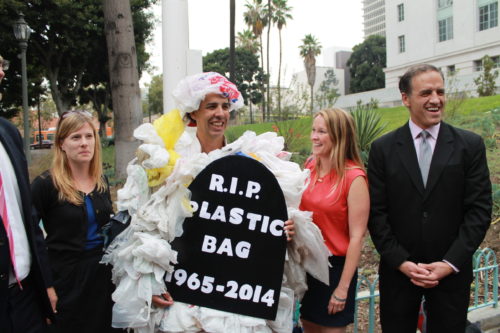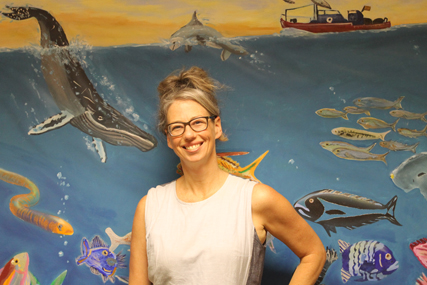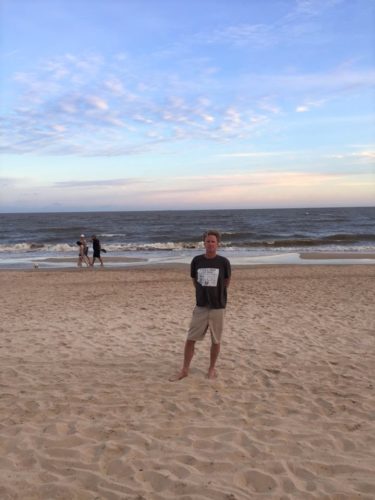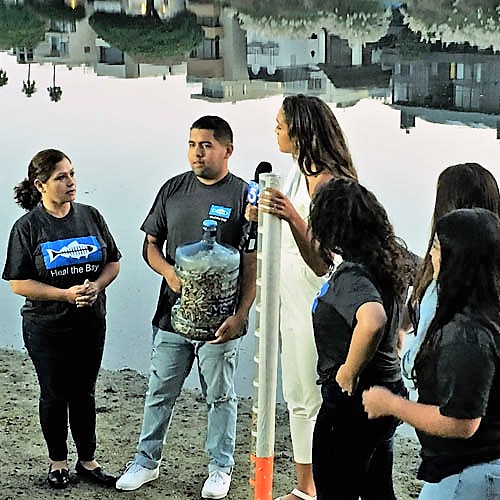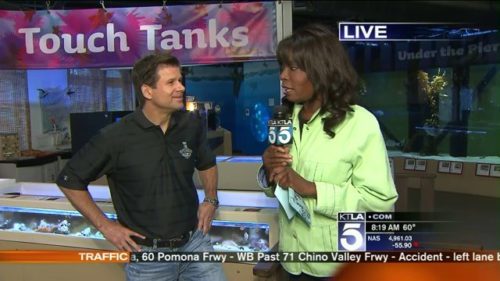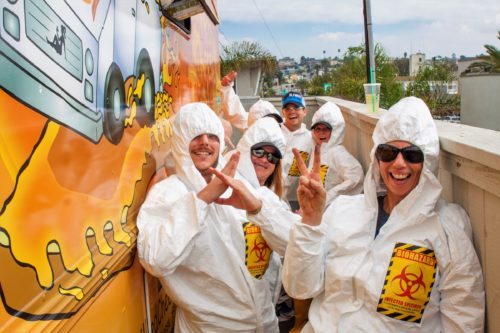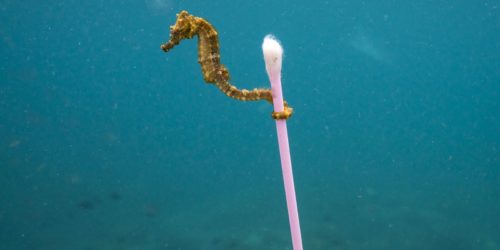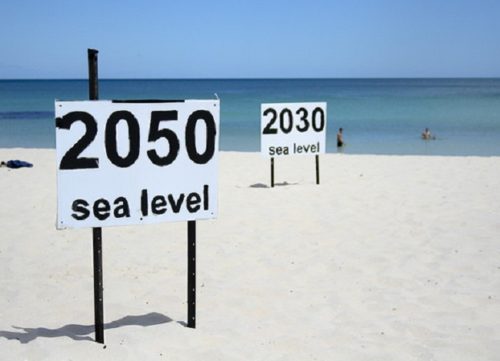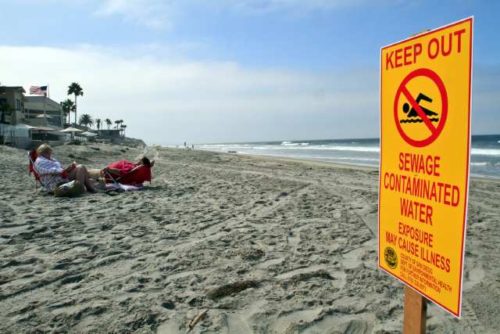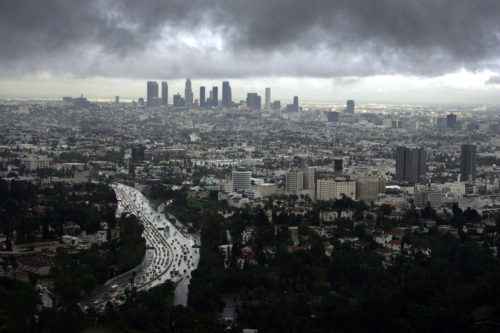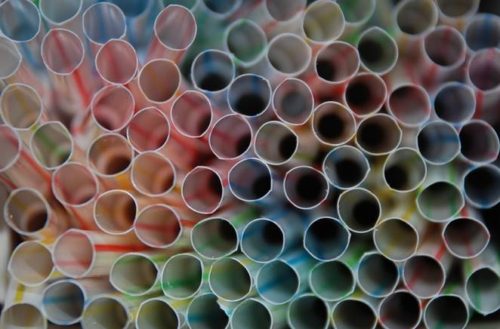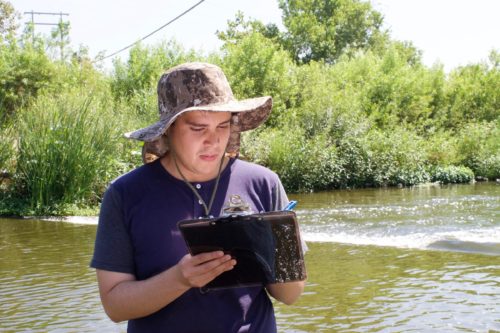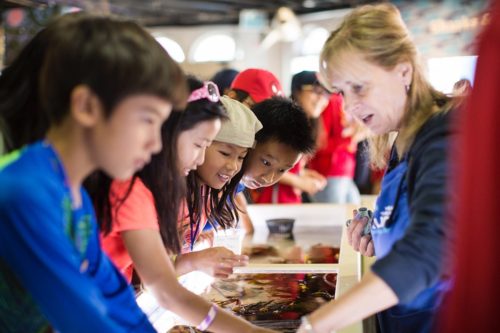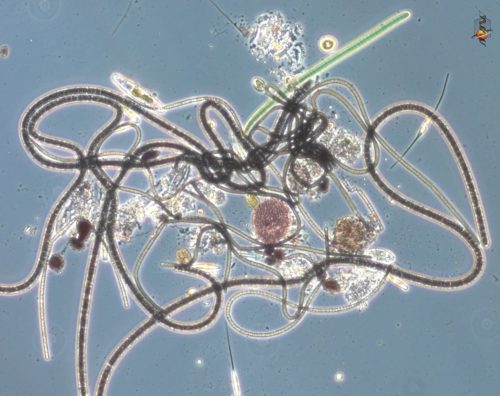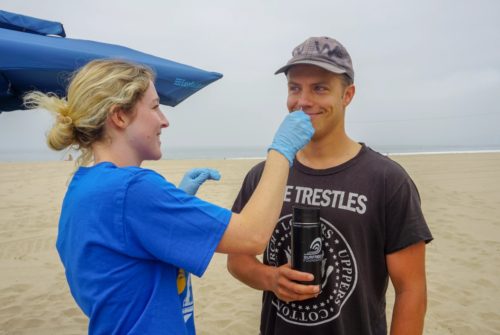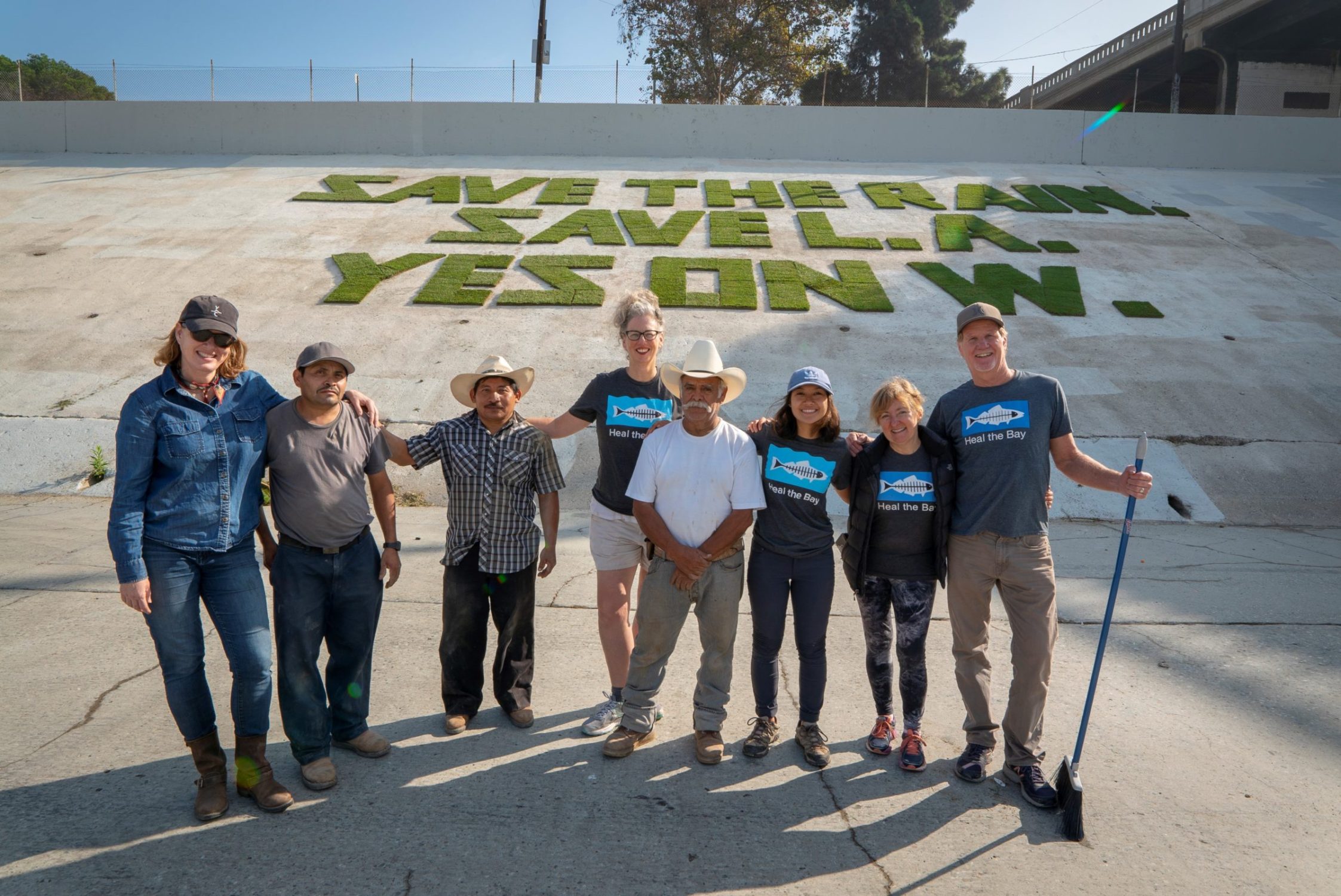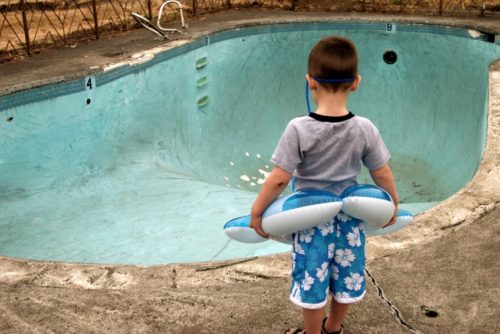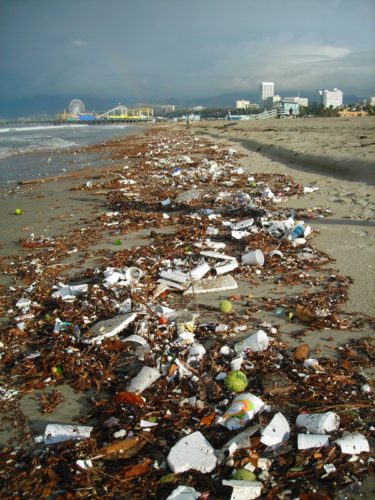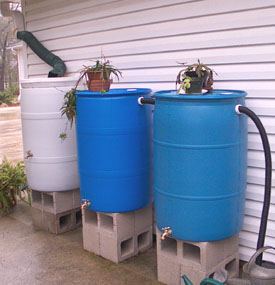Coastal Cleanup Day 2024 brought out a true rainbow coalition of participants: 6,983 Volunteers cleaned 62 Sites, removing 19,209.47 Pounds of trash from our coastline and waterways!
These amazing efforts are only possible with your support.
“Protect what you love.” It’s a mantra I preached to our supporters during my tenure as Heal the Bay’s Communications Director a decade ago.
And if there’s one beach I love in greater LA, it’s Will Rogers State Beach in Santa Monica Canyon. Specifically, Tower 18, where my father served as an L.A. County lifeguard during my youth. So I felt a tug of connection when Heal the Bay asked me to be a last-minute captain there during last Saturday’s Coastal Cleanup Day. 
Our crew, led by volunteer Jennifer Cheong, contributed to a fantastic turnout over the weekend. In total, 6,626 volunteers joined Heal the Bay at 60 coastal and inland cleanup sites throughout Los Angeles County. These diligent supporters collected more than 19,209.47 pounds of trash. Over the past 30 years, our CCD volunteers have removed nearly 2 million pounds of debris from local shorelines and inland waterways.
Back in the ‘70s, Tower 18 became a gathering spot for a cross-section of the hip, tanned actors sunning themselves against a stone wall, waiting for a nearby pay phone to ring with a call from their agents. Fabled surfers like Miki Dora and Mickey Munoz prowled a series of surprisingly good beach breaks. World-class beach volleyball players competed ferociously in pickup games, sometimes joined by Lakers great Wilt Chamberlain.
Tower 18 was also home to the so-called Green Wall Gang, a beach-loving crew of Speedo-clad gay men who congregated near a bank of paddle-tennis courts. The beach served as a refuge and safe haven for the LGBTQ+ community at a time when overt discrimination, verbal abuse, and street violence flared against its members.
L.A. County Supervisor Lindsay Horvath hosted an event last year to honor the legacy of the site, known informally as “Ginger Rogers Beach” and to unveil a Pride Progress flag installation/wrap around the lifeguard tower there. The beach continues to attract ocean lovers of all stripes and sexual orientations.
So it didn’t come as a surprise to me when I pulled up to the parking lot Saturday and saw a group of men waiting in the parking lot for us, many with rainbow regalia. About a dozen members of the California Gay Adventurers association showed up on an overcast morning, armed with good will and cleanup buckets brought from home.
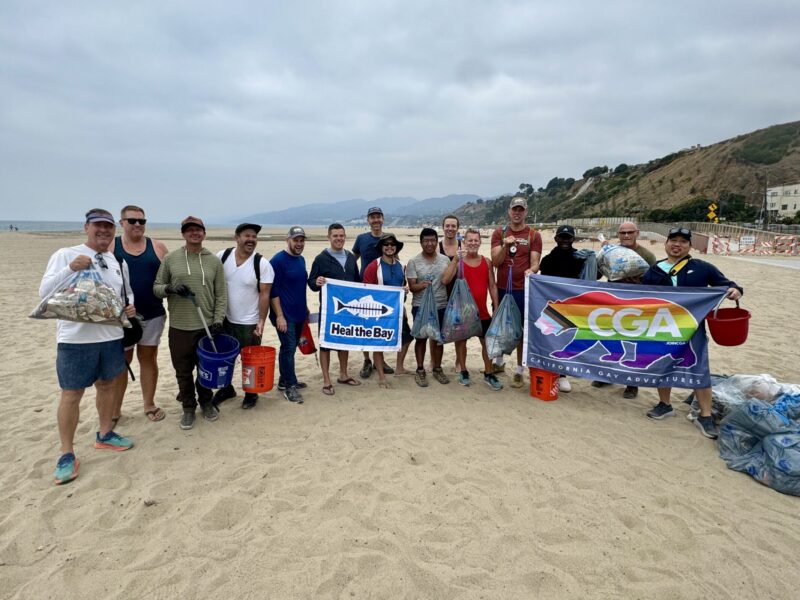
The organization, which has about 800 members, hosts social events, outdoor activities and community action throughout the state. One weekend you might find the local chapter bowling in Hollywood, the next hiking in the Santa Monica Mountains.
About two dozen CGA volunteers canvassed the sand in search of cigarette butts, plastic bottle caps and bits of Styrofoam. Joined by another 20 or so participants, the men put in a good two-hour shift. Returning to base camp with smiles on their faces, they had their collected debris weighed and cataloged.
Amid the comparing of hauls, one gentleman in a floppy khaki and a neat goatee beamed. He had, no doubt, won the unofficial contest for best find. He held out a washed-out, severely torn $20 bill. We assured him that if he had at least one set of serial numbers on the torn bill, he could redeem it at a local bank.
Another volunteer also found something of monetary value – a $1 poker chip from a local casino. A rusted-out pitchfork marked the most dangerous item found during our cleanup. In all, we removed more than 115 pounds of trash from just one small beach in two hours.

Single-use plastic items comprised the vast majority of the detritus: soda bottles, potato chip bags, straws and what-not. The heaps of trash served as a powerful testament to why Heal the Bay this week joined the California Attorney General in filing a landmark lawsuit against ExxonMobil, the world’s largest producer of plastic polymers.
Cleanups are fun, when conducted with good people like the CGA. But frankly, we’d rather not be doing them. With this bold suit, we aim to stop the harm at its source, rather than merely reducing the harm.
We know that we can’t solve the plastic crisis in a single morning of action. However, the commitment and enthusiasm shown by our volunteers is incredibly heartening to all of our staff. We thank you deeply.
Among the CCD heroes this past weekend:
- Site captain Joel Glen, who found his plans to clean up the East Fork of the San Gabriel River turned upside down by the recent Bridge Fire. Instead of giving up, he pivoted and established a new site at Eaton Canyon, mobilizing 27 volunteers within a week.
- The crew at Good Earth Community Garden and our new partners at BlueSkyLA helped us run a new restoration site in South L.A., with 67 participants.
- Bleu World, a diving organization that conducts citizen science, helped us bring back CCD sites to Catalina Island after a pandemic-related hiatus.
As a special thank you to all these healers, we are hosting a special celebration on Saturday evening at the CadFab Creative Gallery in Culver City. Libations and awards will be handed out. General public is invited too. Click here for details and registration.
If you couldn’t make it to this weekend’s event, we have good news. We host a monthly beach cleanup called Nothin’ but Sand at rotating locations throughout the region. You can find more information about those events here.
And if you’re feeling gratitude, you can join hundreds of other supporters in donating to our Exxon legal fund. The money will be used to defray the costs of our policy team collecting and analyzing data about single-used plastics for the Attorney General as we pursue our lawsuits. Contribute here.
Matthew King is a communications consultant for Heal the Bay and other nonprofits.




